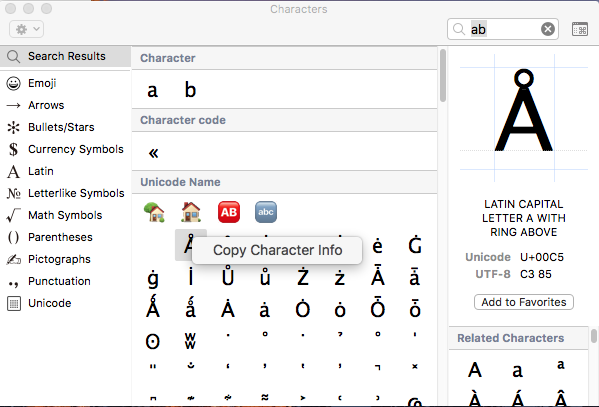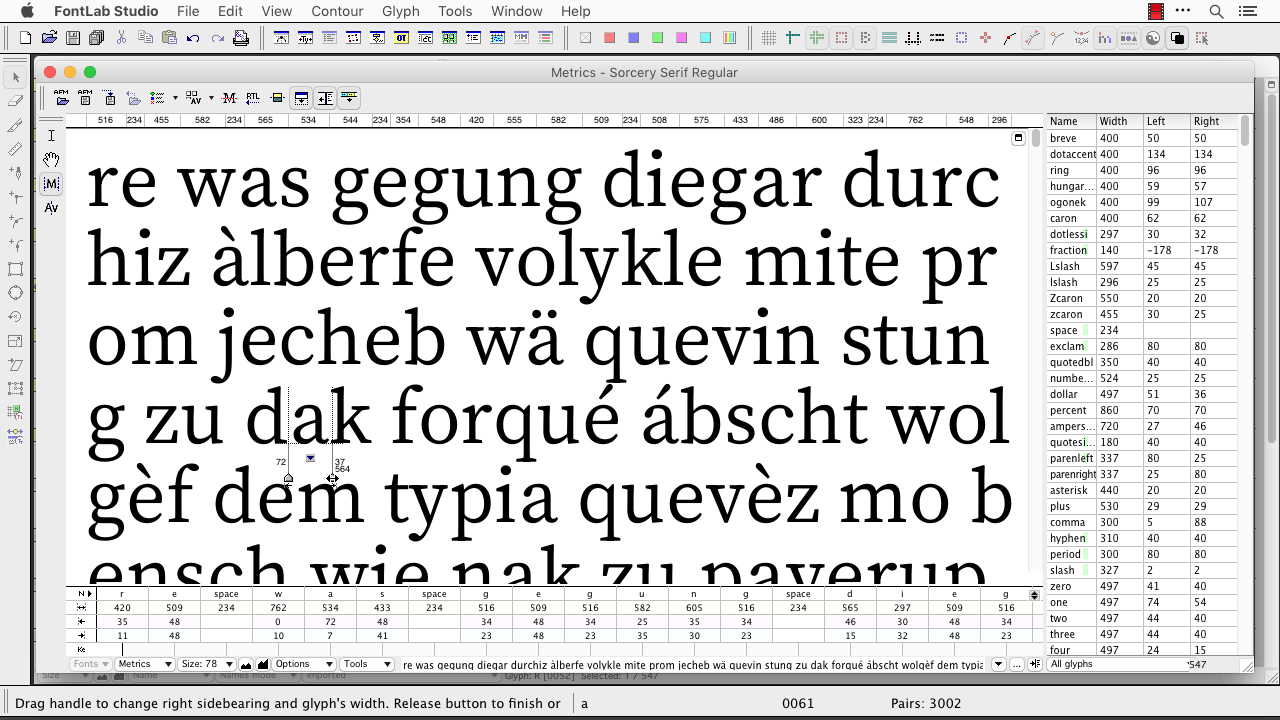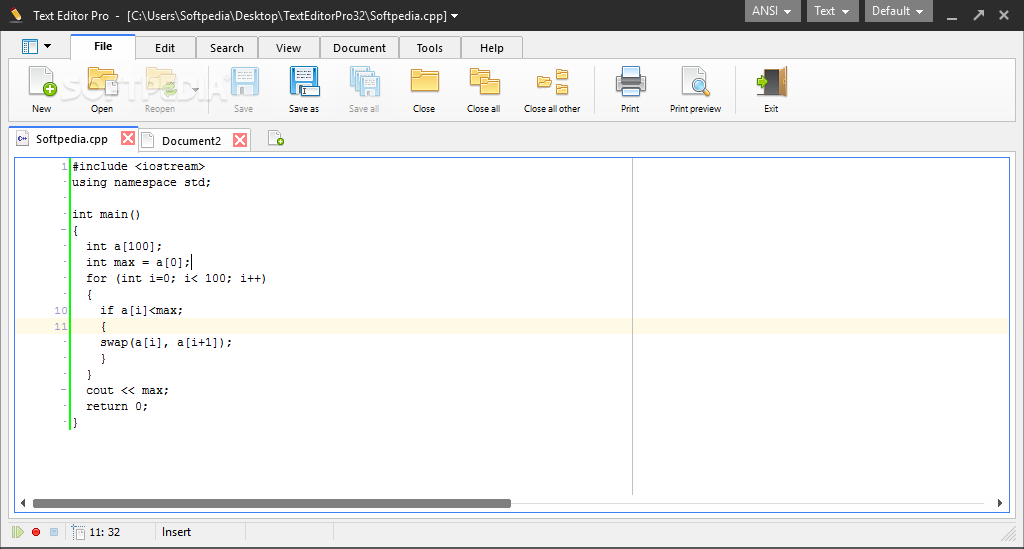

- #MODIFY WINDOWS TO ALLOW YOU TO TYPE UNICODE CODEPOINTS MAC OS X#
- #MODIFY WINDOWS TO ALLOW YOU TO TYPE UNICODE CODEPOINTS SOFTWARE#
- #MODIFY WINDOWS TO ALLOW YOU TO TYPE UNICODE CODEPOINTS CODE#
- #MODIFY WINDOWS TO ALLOW YOU TO TYPE UNICODE CODEPOINTS WINDOWS 7#
The phrase appears at the bottom of the screen and you can easily cut and paste the result into your own document. Unicode character pickers - Pickers allow you to quickly create phrases in a script by clicking on Unicode characters arranged in a way that aids their identification. It is available from Start / All Programs / Accessories / Ease of Access.

#MODIFY WINDOWS TO ALLOW YOU TO TYPE UNICODE CODEPOINTS WINDOWS 7#
This utility is part of the Windows Vista and Windows 7 Operating System. On Windows XP and Vista the visual keyboard will not display output for AltGr-Shift- or Ctrl-Alt-Shift- (this was fixed in Windows 7). It is available on Windows XP from: Start / All Programs / Accessories / Accessibility / On-Screen Keyboard. On-Screen Keyboard lets you see the keyboard for the language you’ve switched to on your screen so that you can either click the keys on your screen or see the correct keys to press to enter text. You might use On-Screen Keyboard when you change your keyboard layout from one language to another. Microsoft On-Screen Keyboard is a program that supports typing in more than one language on the same computer by showing you a keyboard for another language on your screen.
#MODIFY WINDOWS TO ALLOW YOU TO TYPE UNICODE CODEPOINTS MAC OS X#
Note that all versions of Windows and also Mac OS X include a character map utility earlier versions of the Mac OS include a visual keyboard utility, Keycaps, while version 10.3 (Panther) replaces this with a Keyboard Viewer palette available from the Input menu.īabelMap “BabelMap is a Windows character map utility that allows you to find and copy any Unicode character.” Visual keyboard utilities are a variation of this that use a graphical user interface that looks like an image of the physical keyboard. Tools for creating keyboard input methodsĬharacter map / visual keyboard utilitiesĬharacter map utilities provide a means for entering any character using a graphical interface rather than the keyboard.Character map / visual keyboard utilities.The third method is not enabled by default in Windows. So a third method was developed to unambiguously enter Unicode.
#MODIFY WINDOWS TO ALLOW YOU TO TYPE UNICODE CODEPOINTS CODE#
In addition, most Unicode documentation show the code points in hexadecimal, not decimal. Although CP1252 is almost identical to the start of Unicode, ALT+ method prevents entry of the Unicode code points from U+0080 to U+009F, and even more problematic, other ANSI code pages prevent entry of some very common Latin accented letters.
#MODIFY WINDOWS TO ALLOW YOU TO TYPE UNICODE CODEPOINTS SOFTWARE#
Some applications like Word 2010 or PSPad 4.5.6 interpreted ALT+ codes larger than 255 directly as a decimal Unicode code points, but other software interpreted such numbers modulus 256 (the remainder after dividing by 256), or ignored any digits after the third. When Windows made the transition to Unicode, there were attempts to extend this to allow entry of any Unicode code point. If you add a leading zero ( 0) and then the number, ALT+ 0 2 0 1, you get “É”, the character at CP1252’s code point 201. If you use the ALT+ method with a three-digit code (the first digit non-zero), for example, ALT+ 2 0 1, you get “╔”- Box Drawings Double Down and Right, Unicode code point U+2554 - the character at CP437’s code point 201. When Windows came along, CP1252 (code page 1252) began to be used for keyboard mapping. The original PCs used CP437 (code page 437) keyboard mapping for English. There are some problems with this method. It doesn’t take long before you’ve memorized the characters you use frequently. For example, to enter “É” - Latin Capital Letter E with Acute, Unicode code point U+00C9 - you can hold down the ALT key and while continuing to hold it down, type 0 2 0 1 on the numeric keypad, then release the ALT key.

If you’ve used Windows for any length of time you’re probably familiar with entering special characters with the ALT+ method.



 0 kommentar(er)
0 kommentar(er)
